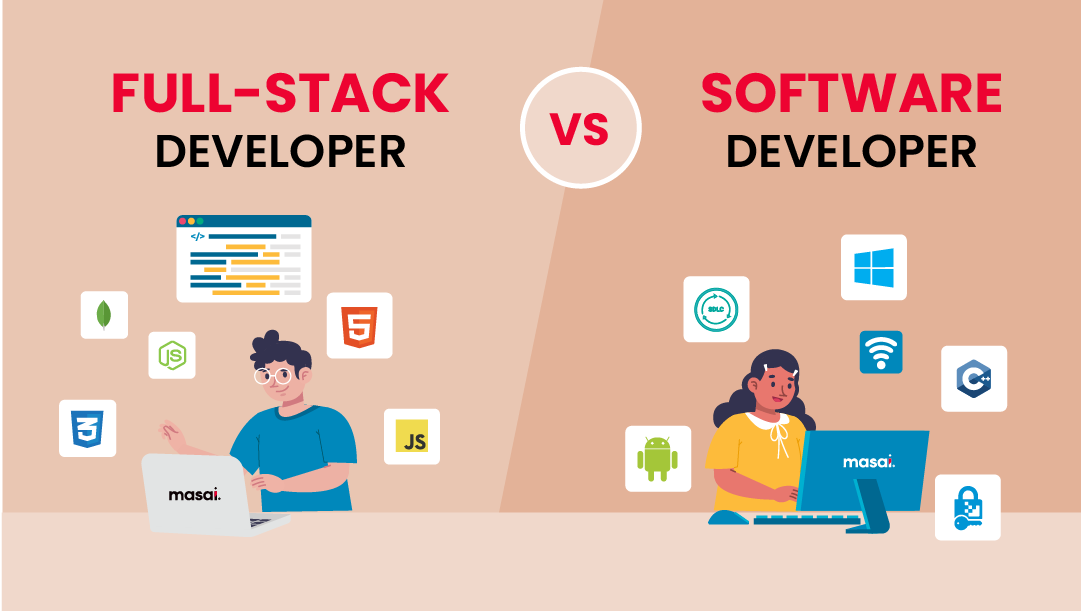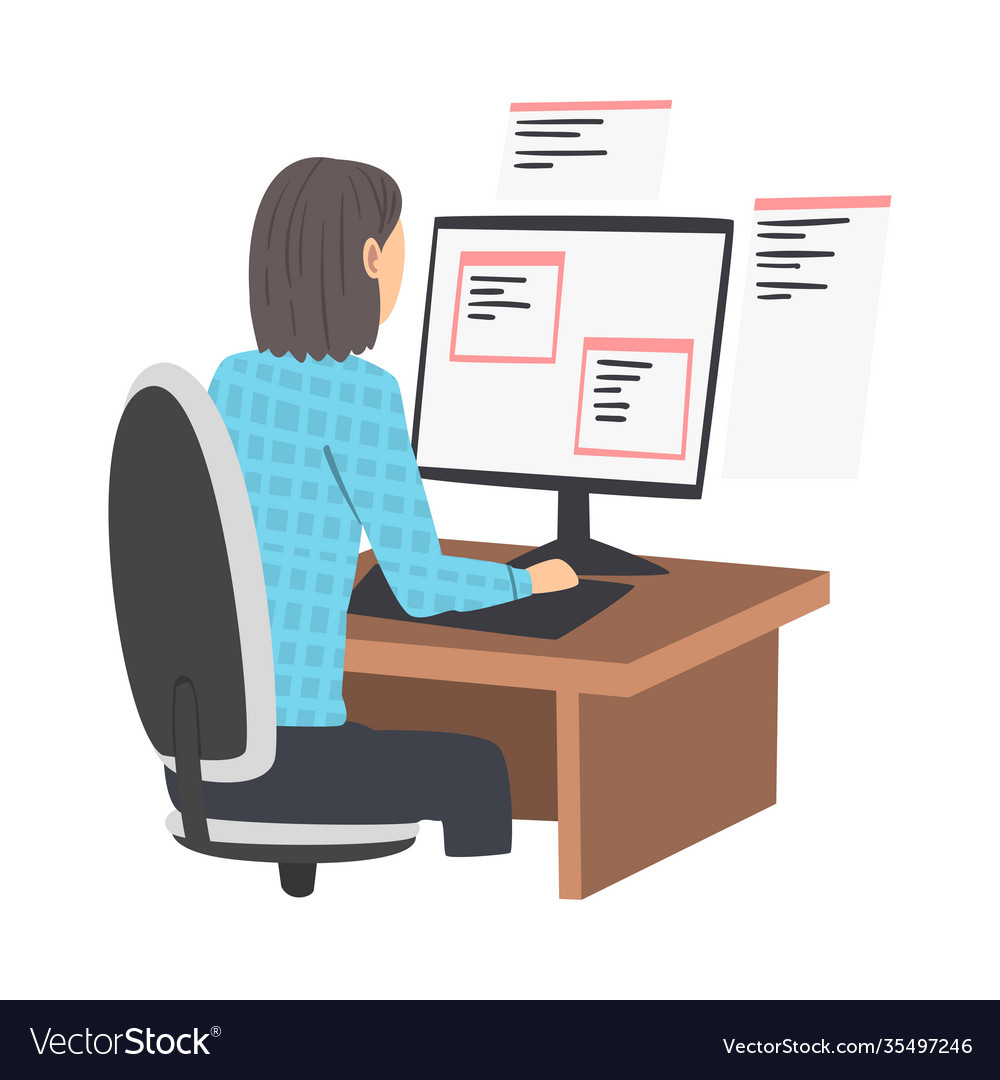Hire Dedicated Developers to Increase Your Software Development Timeline
Hire Dedicated Developers to Increase Your Software Development Timeline
Blog Article
Devoted Developers vs. In-House Teams: Which Is Right for You?
The decision between making use of dedicated designers and keeping an in-house group is a significant one that can impact the trajectory of your jobs and total organization approach. Devoted designers give a level of adaptability and specialized proficiency that can be useful for specific, short-term initiatives. On the other hand, in-house teams contribute to a cohesive business culture and a nuanced understanding of lasting goals. By examining vital elements such as budget plan, task extent, and wanted control, you can much better establish which approach lines up with your organizational demands. The ramifications of this option expand beyond immediate outcomes-- take into consideration the wider influence on your service landscape.
Comprehending Devoted Designers
The expanding demand for specialized skills in the technology sector has actually brought about the development of specialized programmers as a sensible service for many organizations. These experts are generally contracted on a task basis, allowing business to take advantage of particular expertise without the long-term commitment related to full time hires. Committed programmers are often ingrained within a customer's group, offering adaptability and scalability to meet job demands.
This design allows companies to access an international ability swimming pool, which is specifically helpful in a swiftly advancing technological landscape. Dedicated programmers can be sourced from various geographical locations, ensuring that business can locate the right capability at affordable prices. They typically bring a wealth of experience and understanding, having actually worked with varied tasks throughout different sectors.
Moreover, devoted developers can focus solely on the tasks handy, enhancing productivity and effectiveness. They are geared up to integrate effortlessly right into existing process, teaming up very closely with internal teams to accomplish job goals. This approach not only decreases the concern of employment and training but likewise allows companies to continue to be dexterous, adjusting promptly to transforming market needs and technological innovations.
Advantages of In-House Teams

Moreover, in-house teams tend to have a deeper understanding of the company's goal, values, and objectives. This alignment can boost worker engagement and motivation, as employee feel more linked to their job and the organization's success. In addition, having a specialized internal team permits far better positioning of approaches and goals, as these participants are regularly concentrated on the business's priorities.
In-house groups also help with quicker decision-making procedures, as they can respond extra rapidly to challenges and modifications. The well-known connections and knowledge with company procedures permit streamlined workflows and decreased miscommunication. Inevitably, the combination of a cohesive culture, alignment with business objectives, and reliable interaction makes in-house teams a beneficial possession for several companies, specifically those looking to cultivate long-term growth and innovation.
Price Factors To Consider
When reviewing price considerations, both devoted designers and in-house groups present unique financial implications for companies. Involving committed programmers usually includes a pay-per-project or hourly price version, which can be cost-effective for services with changing job demands. This method enables flexibility in scaling resources up or down, guaranteeing that firms just pay for the services they require.
In comparison, in-house teams require taken care of costs, consisting of incomes, benefits, and overhead costs such as workplace and tools. While this model provides better control and instant availability of resources, it may bring about higher lasting expenses, especially if the work does not justify a full-time personnel.
Moreover, firms ought to take into consideration the hidden prices connected with employment and training of internal staff members, which can additionally stress budgets. In some situations, the time and resources invested in taking care of an internal group can interfere with the company's core organization goals.

Job Administration and Adaptability
Task monitoring and versatility are important factors that influence the option in between internal groups and specialized designers. Dedicated programmers typically use a high level of versatility, enabling organizations to range resources up or down based on task demands. This agility can be specifically useful for services experiencing fluctuating work or those seeking to innovate quickly. Dedicated groups usually have established processes for managing projects effectively, leveraging details techniques like Agile find more information or Scrum, which promote iterative progression and adaptability.

Eventually, the choice between committed programmers and in-house teams depends upon the desired level of adaptability and the certain project monitoring requirements. Firms should examine their operational characteristics, job complexity, and source schedule to figure out which alternative lines up best with their strategic purposes.
Making the Right Choice
Selecting the best advancement approach-- in-house groups or devoted programmers-- requires a careful evaluation of numerous factors that align with a business's critical goals. On the other hand, internal groups can give better continuity and combination with existing workers.
Following, evaluate your budget. Dedicated developers usually present a cost-efficient remedy for short-term jobs, while internal teams might incur higher long-term expenses because of salaries, benefits, and expenses prices. Assess the level of control and collaboration desired; in-house teams generally foster stronger interaction and positioning with firm culture.
If prompt outcomes are necessary, devoted developers can be onboarded swiftly, whereas constructing an in-house group takes time for recruitment and training. If continual growth is essential, investing in an in-house team may produce better returns over time.
Conclusion
To conclude, the decision in between in-house teams and devoted designers rests on job needs and business purposes. Dedicated programmers provide flexibility and specialized competence, making them ideal for temporary campaigns. Conversely, internal groups grow a natural society and much deeper positioning with lasting goals. Mindful assessment of budget plan restrictions, job timelines, and preferred control degrees is necessary for establishing one of the most ideal approach, guaranteeing alignment with tactical priorities and operational effectiveness.
The choice between utilizing dedicated programmers and preserving an in-house group is a substantial my review here one that can impact the trajectory of your projects and total service strategy.Task administration and flexibility are essential factors that affect the choice in between internal teams and devoted designers. dedicated development team.In contrast, in-house groups may succeed in keeping a consistent task administration structure due to their knowledge with the company's society and long-term objectives. Devoted developers usually provide a cost-efficient remedy for short-term tasks, while in-house teams might sustain higher long-lasting expenditures due to wages, benefits, and expenses costs.In conclusion, the choice in between internal groups and dedicated designers pivots on project demands and business purposes
Report this page